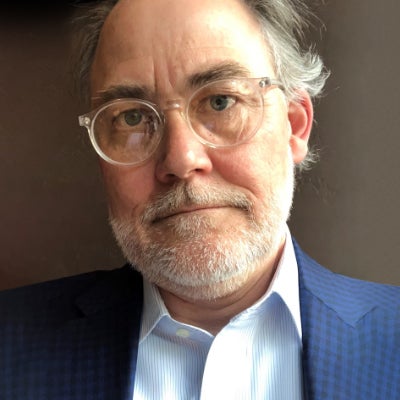Transforming human ingenuity into our world’s greatest breakthroughs
“As the need for high-quality data from rigorously selected sources is becoming ever more important, we have adapted and responded to technological advances and changes in the publishing landscape. Just as we have applied stringent standards and transparent selection criteria to identify trusted journals, we have evolved our evaluation and selection policies for our annual Highly Cited Researchers program to address the challenges of an increasingly complex and polluted scholarly record.”
Clarivate™ is this year announcing 7,125 Highly Cited Researcher designations to 6,849 individuals. The number of designations exceeds individuals because some researchers receive recognition in more than one Essential Science Indicators™ (ESI) field. This analysis of nations and institutions counts Highly Cited Researcher designations or appearances and is thus based on the total of 7,125.
The 7,125 Highly Cited Researcher designations of 2023 are unevenly distributed by field, in accordance with the size of each.
The table below summarizes the number of researchers in each ESI field and in the cross-field category.
Highly Cited Researchers by ESI field and cross-field category
| ESI Field | Number of Highly Cited Researchers |
|---|---|
| Agricultural Sciences | 117 |
| Biology and Biochemistry | 282 |
| Chemistry | 254 |
| Clinical Medicine | 477 |
| Computer Science | 96 |
| Economics and Business | 86 |
| Engineering | 131 |
| Environment and Ecology | 137 |
| Geosciences | 174 |
| Immunology | 203 |
| Materials Science | 232 |
| Microbiology | 200 |
| Molecular Biology and Genetics | 186 |
| Neuroscience and Behavior | 227 |
| Pharmacology and Toxicology | 159 |
| Physics | 165 |
| Plant and Animal Science | 189 |
| Psychiatry and Psychology | 173 |
| Social Sciences | 230 |
| Space Science | 75 |
| Total | 3,793 |
| Cross-field | 3,332 |
| Grand total | 7,125 |
